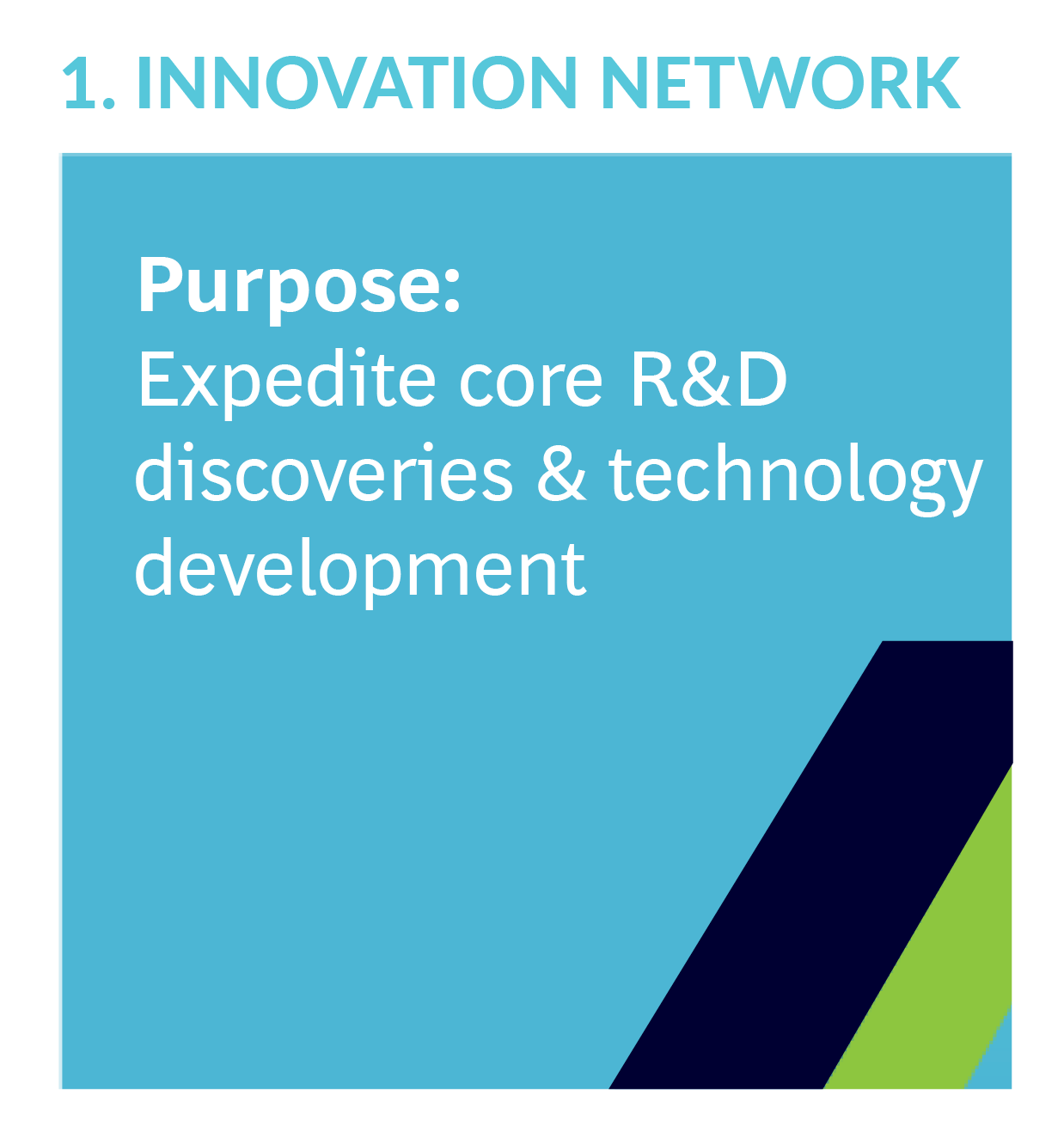Accelerating breakthroughs in emerging technology to decarbonize aviation
ACT unites a global group of industry leaders committed to decarbonizing the aviation sector.
ACT’s purpose is to accelerate breakthroughs in critical emerging technologies by 10 years. We will do this by bringing together stakeholders from the aviation ecosystem to support rapid scale-up and adoption.
ACT is focused on stimulating innovation for the next generation of technologies.
-
Why are we focusing on emerging technologies?
Achieving net zero will require a portfolio approach, leveraging the best available abatement strategies at any point in time. ACT has chosen to focus on the next generation of technology, which is essential for the decarbonization journey. While there are some known levers to tackle decarbonization that must be scaled, ACT recognizes the need for innovation across all levers to fully decarbonize.
-
How will ACT allocate its resources and focus to different emerging technologies?
ACT will advocate for and aggressively pursue a portfolio approach to aviation decarbonization, with a key focus on mid-term solutions, such as Power-to-liquid synthetic fuels and direct air capture
-
What obstacles do emerging technologies face?
The term ‘Valley of Death’ is often used to talk about the challenge to emerging technologies which are technically proven but have not yet reached the level of commercial development required to attract private capital. The practical implication here is simple: promising climate technologies often become stranded and fail to mature to commerciality without intervention. We see three distinct valleys the aviation industry can help promising technologies overcome:
- Technological valley: Fundamental research is often diffuse and loosely coordinated, with long development cycles. This often results in technological breakthroughs being ‘stranded’ in academia, meaning few ideas are further developed and converted into commercial concepts. Forces driving this effect include lengthy publication timelines, limited mechanisms and incentives for researchers to collaborate, disconnect between researchers and enterprise and no clear mechanisms for coordinating technological developments
- Commercialization valley: Across both the development and demonstration phase, it is critical for promising technologies to find the funding required to prove and scale pre-commercial solutions. And yet climate-related technologies are notoriously underfunded. Requirements for both expertise and capital are greater for clean tech product development than for those of fields more traditionally associated with venture capital. In the words of RMI, “physical system transformation simply takes much longer than software development”
- Market expansion valley: In the deployment phase, technologies need to gain traction for market adoption. In most cases, the capital requirements are substantial. Climate technologies face a classic “chicken/egg problem” whereby large volume production is required to achieve unit price reduction. And even after technology is proven, there can be a significant cost associated with ensuring technologies work as expected, and that consumers, regulators, and other third parties are ‘ready’ for change.
If the aviation sector is going to work to accelerate aviation decarbonization, we need to ensure promising technologies receive the interventions required to avoid these ‘valleys of death’
ACT’s 3 pillars will enable ACT to accelerate adoption of emerging technologies, starting with the Innovation Network.
NON-PROFIT
SEPARATE LEGAL ENTITY
(FOR PROFIT)
NON-PROFIT











